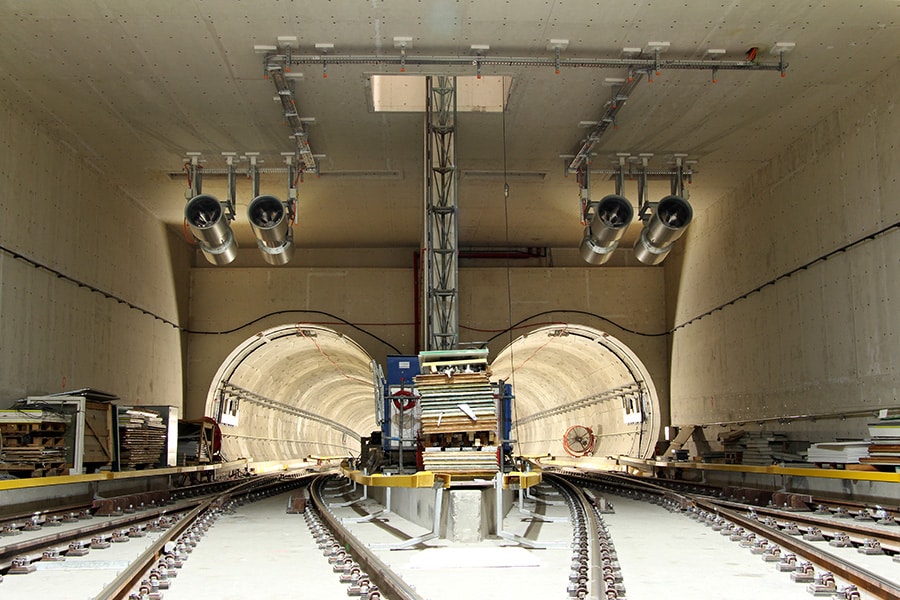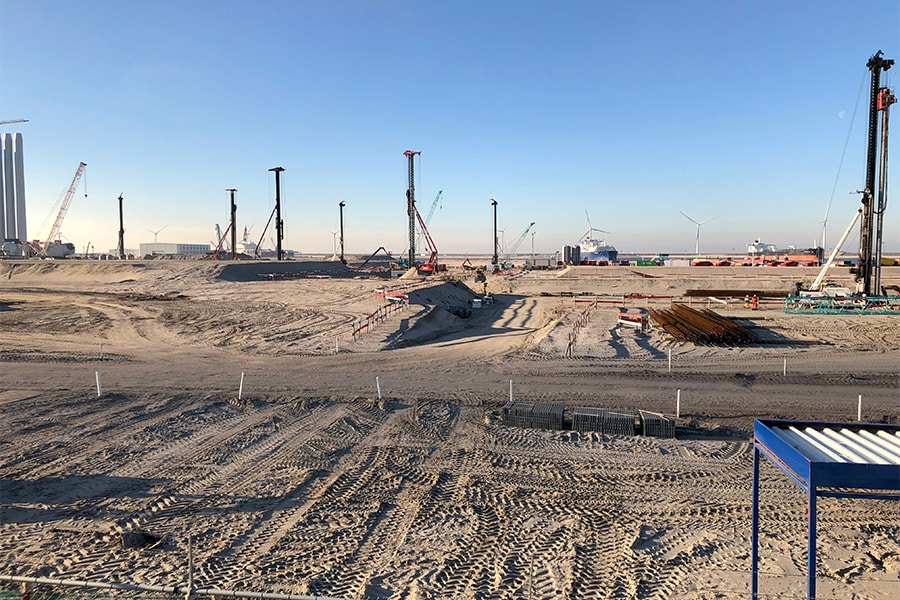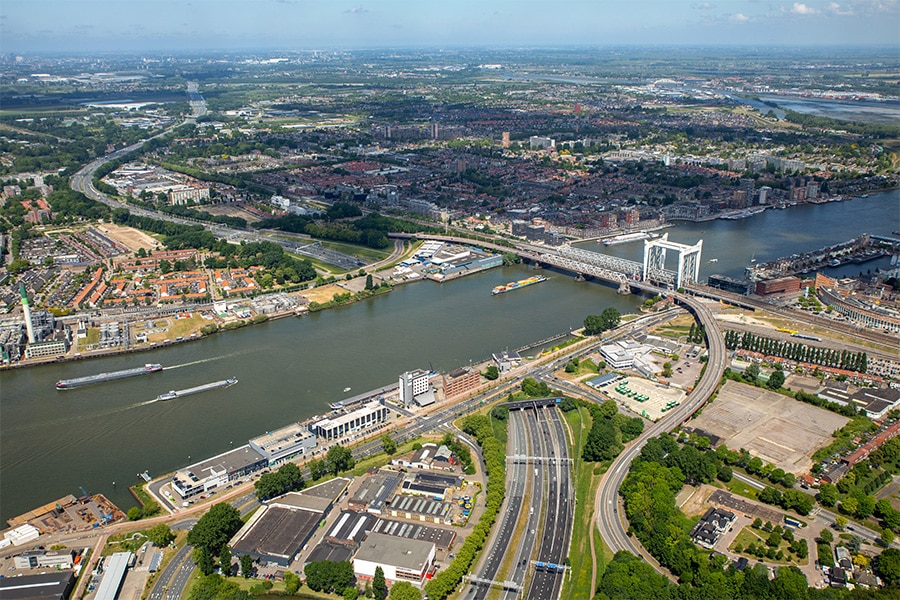
Ductile iron pipes outlive us all
Should anyone ask if ductile iron pipes are the new, sustainable alternative in the piping industry, we can confidently answer that Ductile iron pipes are just the original. Since the invention of iron casting, centuries ago, water pipes have been made of cast iron. Pipes that still function today. One of the focal points within the theme of sustainability is life extension. So with the eternal lifespan of cast iron pipes, we are talking about sustainability avant la lettre.

Today, ductile iron is used for these pipes and we are talking about a product that not only lasts an extremely long time, but is also endlessly recyclable. Cradle to cradle in optima forma, in other words. We are at the offices of PAM Saint-Gobain in Almere, producer of ductile iron pipes. We are talking to Edwin Porssius, project and account manager, and Esther Lindeman, sales and marketing manager.
Water supply for the fountains of 'the Sun King'
Our first question concerns an imposing piece of cast-iron pipe, in the entrance to the building. "That's a cast iron pipe that was part of the water supply to the Palace of Versailles. In 1683, King Louis XIV (the Sun King, 1638-1715) ordered a water pipe to transport water from the Seine to the gardens and fountains of his famous palace. Pont-a-Mousson (PAM) supplied this water pipe in 1683, made of gray cast iron. After over 300 years of faithful service, that system of pipes was replaced, by recycling the old pipes and casting new ones, this time in ductile iron," Esther says.
"Ductile iron is extremely strong, tough and flexible," Edwin adds. "Our tubes are made from iron ore, a natural material that is infinitely recyclable. When a tube becomes obsolete, it can be melted down and transformed into a new tube with exactly the same ring stiffness and flexibility. Indeed, ductile iron retains - even after recycling - all its original properties."

Holland is full of cast iron pipes
We make the leap to the use of cast iron pipes in the Netherlands and find out that the chances of you and I consuming water supplied by a cast iron pipe are extremely high. "Looking at the Netherlands, we see that the first water transport pipe dates back to 1853, it lies under the Haarlemmerweg and supplies one-third of Amsterdam with drinking water. This cast iron pipe was produced in England at the time. Only in 2018 was this pipe replaced because of road works. Several other antique cast iron pipes are still in full use in our country today," Esther outlines.
If it has to be resistant, take cast iron
Edwin continues: "Almost all major drinking water companies are customers of ours. So from our program we mainly supply ductile iron pipes for drinking water supply. Pick a big project and you'll find our pipes there, like recently at the RijnlandRoute and De Entree, where the contractor is working with our pipes. In projects in public spaces-and certainly at De Entree, where you don't want to dig more often than necessary-cast iron pipes are preferred. Because they don't break. It's as simple as that."

A short-term view only costs more money in the long run
In conclusion, Esther says, "Choosing ductile iron pipes for (potable) water supply demonstrates a long-term vision. As Edwin outlined, the advantage of extreme resistance ensures that you no longer have to worry about the pipes. That saves money. The service life of our pipes is so long and the recyclability is so good that on the sustainability ladder we far exceed all requirements and standards. So we are no longer talking about sustainability alone, but about generations. With ductile iron pipes, at least you know that your children, your grandchildren and your great-grandchildren also enjoy clean drinking water."



